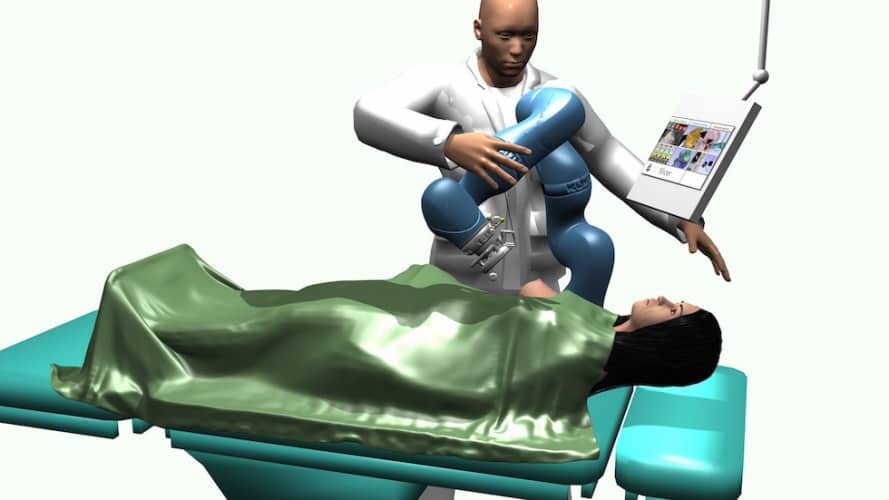Short MRI scans combined with ultrasound to improve biopsy accuracy
Faster, cheaper and more accurate biopsy screening for breast cancer and other diseases could be made possible, thanks to a European-wide project.

The MRI and Ultrasound Robotic Assisted Biopsy (MURAB) project, led by Prof Stefano Stramigioli at the University of Twente in the Netherlands, is aiming to develop a system that can reduce the number of patients wrongly sent home with an all-clear.
Existing image-guided biopsies are typically carried out with the use of an ultrasound device. However, the imprecise nature of images produced with ultrasound means that the sample of tissue can sometimes be taken from the wrong place, according to Foad Sojoodi Farimani, a member of the project team at the University of Twente.
This results in a false negative rate of 10-20 per cent, he said. “So you either take a couple of biopsies, and have a false negative rate of 10-20 per cent, or you increase the number of biopsies taken, but this also increases the risk of complications,” he said.
In contrast, MRI scans are much more accurate, but can take up to 60 minutes to complete, and are too expensive to be used in widespread screening programmes, Farimani said.
Register now to continue reading
Thanks for visiting The Engineer. You’ve now reached your monthly limit of news stories. Register for free to unlock unlimited access to all of our news coverage, as well as premium content including opinion, in-depth features and special reports.
Benefits of registering
-
In-depth insights and coverage of key emerging trends
-
Unrestricted access to special reports throughout the year
-
Daily technology news delivered straight to your inbox










UK Enters ‘Golden Age of Nuclear’
Anybody know why it takes from 2025 to mid 2030's to build a factory-made SMR, by RR? Ten years... has there been no demonstrator either? Do RR...